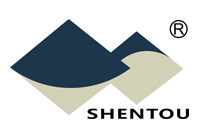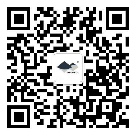CHINA AUTOMOTIVE SUPPLIER QUALITY MANAGEMENT BRIEFING
10/07/2020
Vol. 4, No.10, October 2020

① QUALITY CHALLENGES & SOLUTIONS WITH YOUR SUPPLIERS IN CHINA
2nd Party Audit & 3rd Party Audit (Ⅲ)
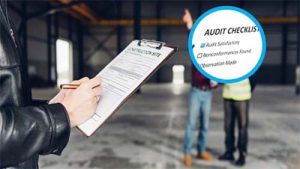 Audit standard and requirement
Audit standard and requirement
With the 3rd party audit, a comprehensive audit is conducted according to international/national standards. If the company fully meets the standards, a certificate will be issued to prove that the company’s operations comply with international/national standards. The 2nd party audit is generally carried out according to the needs of customers, not necessarily in accordance with the standards of IATF16949 or ISO9000. Regardless of what the standards are used, the customer will normally send a questionnaire to the supplier before the audit, while the auditors will generally check documents related to the customer’s products when inspecting documentation, rather than other information.
Audit process
Whether it is a second-party audit or a third-party audit, due to the limited resources and time available for audit, audit findings inevitably can only be built on the basis of sampling the information obtained, which leads to the audit process covering a certain time period, instead of tracking the whole process; focusing on the main activities and processes of the system, but not the entire system; and investigating representative people and matters, rather than all aspects of the system. Therefore, regardless of whether a second-party audit or a third-party audit, the audit conclusions are always based on the findings of sampling.
The audit process however is basically consistent. Both second-party and third-party audits need to go through five processes: audit planning, preparation, notification, implementation and reporting. The three key elements of audit implementation are also completely consistent: the first meeting, on-site audit and the last meeting.
Non conformity items
The nonconformity items issued by the second-party audits may not necessarily be those required by the standards, they could include some special requirements by the customers, whereas the non-conformity items issued by the third-party audit must correspond to clauses relating to the requirements in the standards.
Follow-up & verification of non-conformity items
The second party audit does not require the auditors to track and verify the effectiveness of the corrective actions for the non-conformity items. The auditors only need to give their non-conformance feedback to the auditees and the clients, but they are required to submit proposals of corrective actions for the nonconformity to the clients. The third-party audit however requires auditors to track and verify the effectiveness of corrective actions on the nonconformity as well as their closing, but not propose any corrective actions for the non-conformity items.
By Felix SS YUAN
② CRITICAL FAILURE MODES / QUALITY CONTROL POINTS IN FOCUS
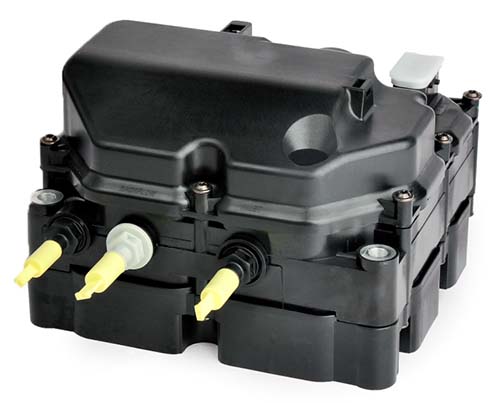
Urea Pump
Urea pump is an important component of SCR after-treatment system (AD BLUE), which is configured to reduce the emissions of hazardous nitrogen oxide (NOx) in the engine exhaust after the implementation of Euro Ⅳ, Euro Ⅴ and Euro Ⅵ. Its main function is to extract the urea solution from the urea tank, spraying into exhaust pipe with a nozzle through hoses so that the solution reacts with NOx and generates harmless nitrogen and water.undefined
Primary Failure mode
The primary failure modes of the Urea pump are injection failure and leakage.
The main causes of injection failure: Nozzle and solenoid valve clogging, air or pressure switch failure and urea crystallization. The clogging mainly comes from heating problems and the use of inferior AD Blue, very few cases are due to product cleanliness.
The main causes of leakage: Damages in seal, body and diaphragm. Leakages need to be strictly controlled at the factory with materials and critical control points, especially with special testing in assembly.
By Andy RS ZHANG
③ KEY CONCEPTS & PRACTICES IN SUPPLIER QUALITY MANAGEMENT
ISO 14001 Certification
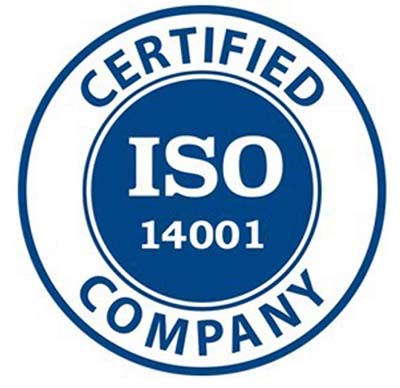
ISO 14001 is the leading international standard that specifies requirements for an effective environmental management system (EMS).
According to ISO 14001, the EMS is part of the management system used to manage environmental aspects, fulfil compliance obligations, and address risks and opportunities.
ISO 14001 provides a framework for companies and organizations to make their daily operations more sustainable with less environmental impact on the communities they operate in.
Since the late 1990s, many of the largest automotive OEMs in the world, for example, Ford, Honda, Toyota, BMW, and General Motors, have mandated that their supply chains comply with and be certified to ISO 14001.
④ CHINA INDUSTRY & MARKET UPDATE
Cost of raw materials:
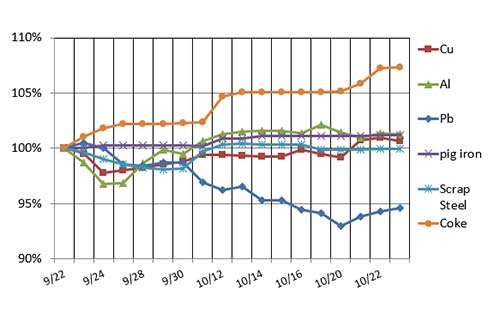
Exchange rates:
![]() USD/RMB: 1:6.7524
USD/RMB: 1:6.7524
![]() EUR/RMB: 1:7.9358
EUR/RMB: 1:7.9358
![]() RUB/RMB: 1:0.0869
RUB/RMB: 1:0.0869
October 2020
The above information is for reference only
⑤ IT HELPS TO KNOW...
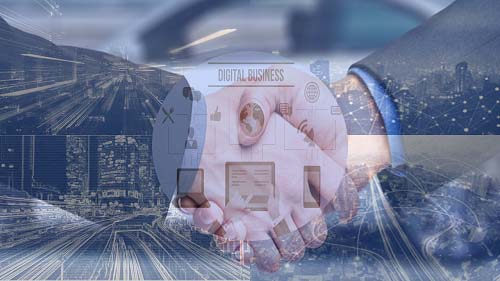
By now it is quite clear that “Digitalization” has been one of the lasting impacts of COVID-19. Be it the use of digital technologies to change a business model and provide new revenue and value-producing opportunities, or the process of employing digital technologies and information to transform business operations, according to Gartner’s definitions, we are already seeing the changes in the automobile industry.
During the COVID-19, automobile distribution companies that have had a solid web presence have actually seen substantial sales increase over the pre-COVID-19 period. Operators with well-established online businesses are also doing better than before. Businesses that have been totally relying on traditional cross-border supply chain management are also switching to digital operations, such as those defined by SCM C19.
With the coming of the fall and the emerging of the 2nd or the 3rd wave of COVID-19, we expect the trend will continue even after the vaccines or therapeutic treatments are available. For those that are still hoping for the return of the “normal” business practices, they are well advised to seriously consider the move to digitalization.
SHENTOU SUPPLY CHAIN MANAGEMENT CO. LTD. is a Shenzhen, China, based company serving international automotive clients in the implementation of their China strategies and programs. CHINA AUTOMOTIVE SUPPLIER QUALITY MANAGEMENT BRIEFING is a bi-monthly newsletter published by Shentou to address the specific and unique quality challenges and concerns international automotive companies face with suppliers in China. Comments are welcome at qms@shentou.com. Click here to subscribe.
